Buying a File
Guide updated on 18th April 2019 to recommend Bahco.
Guide updated on 14th October 2019 to remove the recommendation for a four-in-hand farrier’s rasp as this is not hardened.
Guide updated on 11th November to recommend a bastard cut too.
A 12″ (305mm) file is usually the longest length used in woodworking and metalworking, Paul recommends using a 10″ (255mm) or 12″ (305mm) flat file ideally with second cut (medium) teeth, but a bastard cut will work well too. The difference is simply the size of the teeth.
We purchased this Bahco 10″ from Amazon in April 2019 for £15.49 and Paul uses it daily. In our latest price check the price was £15.24* He would recommend this as a first choice. This is also available on amazon.com
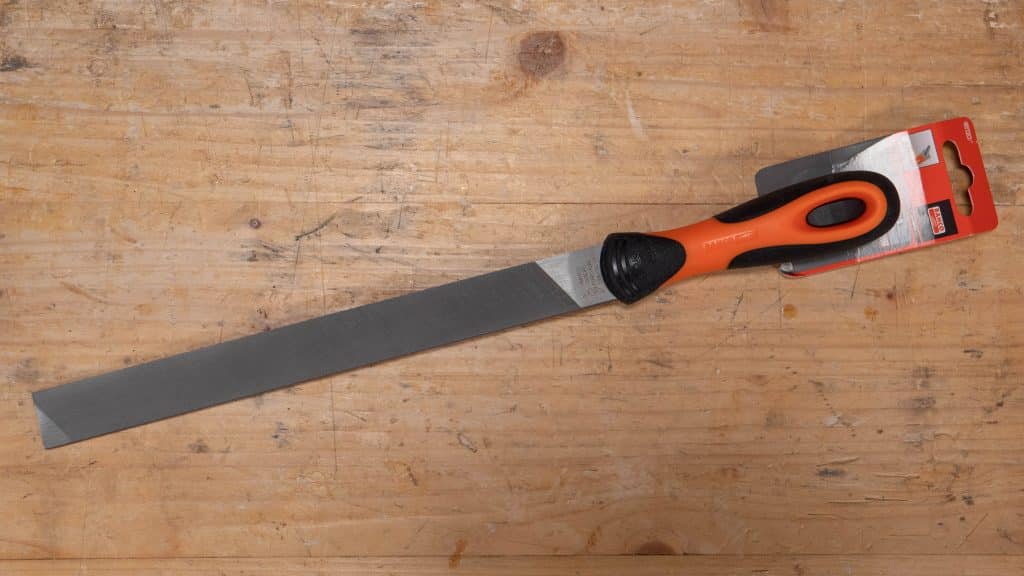
*Price checked March 2024
Relevant Guides
-
Saw Files
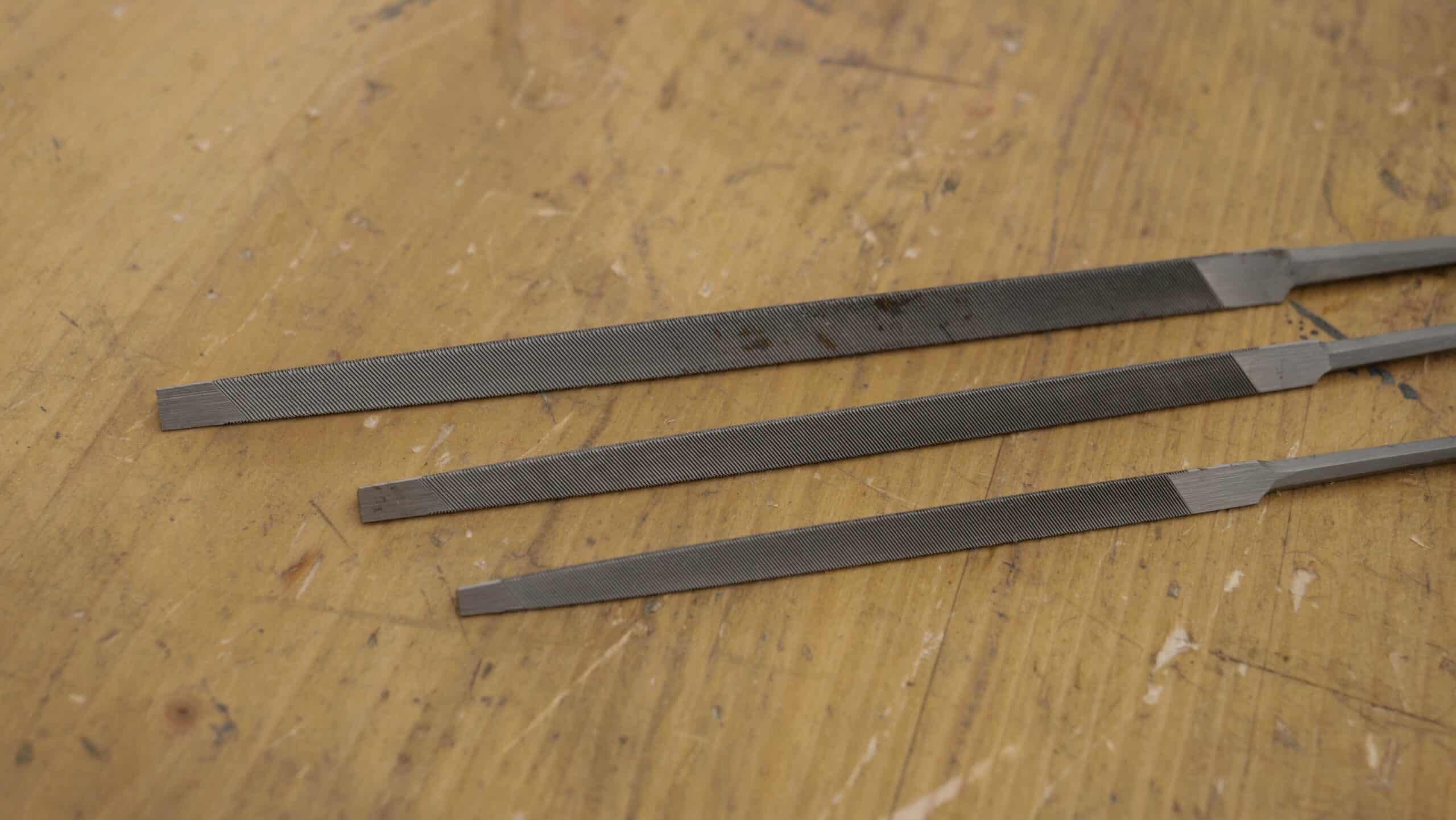
Saw files can also be known as triangular files or three-square files. They often have single cut teeth across the full width of each facet of the file and can come in many different variations including: Paul finds that 3 main sizes cover most saws: When choosing a saw file, it depends on the type…
-
Setting Up Rasps and Files
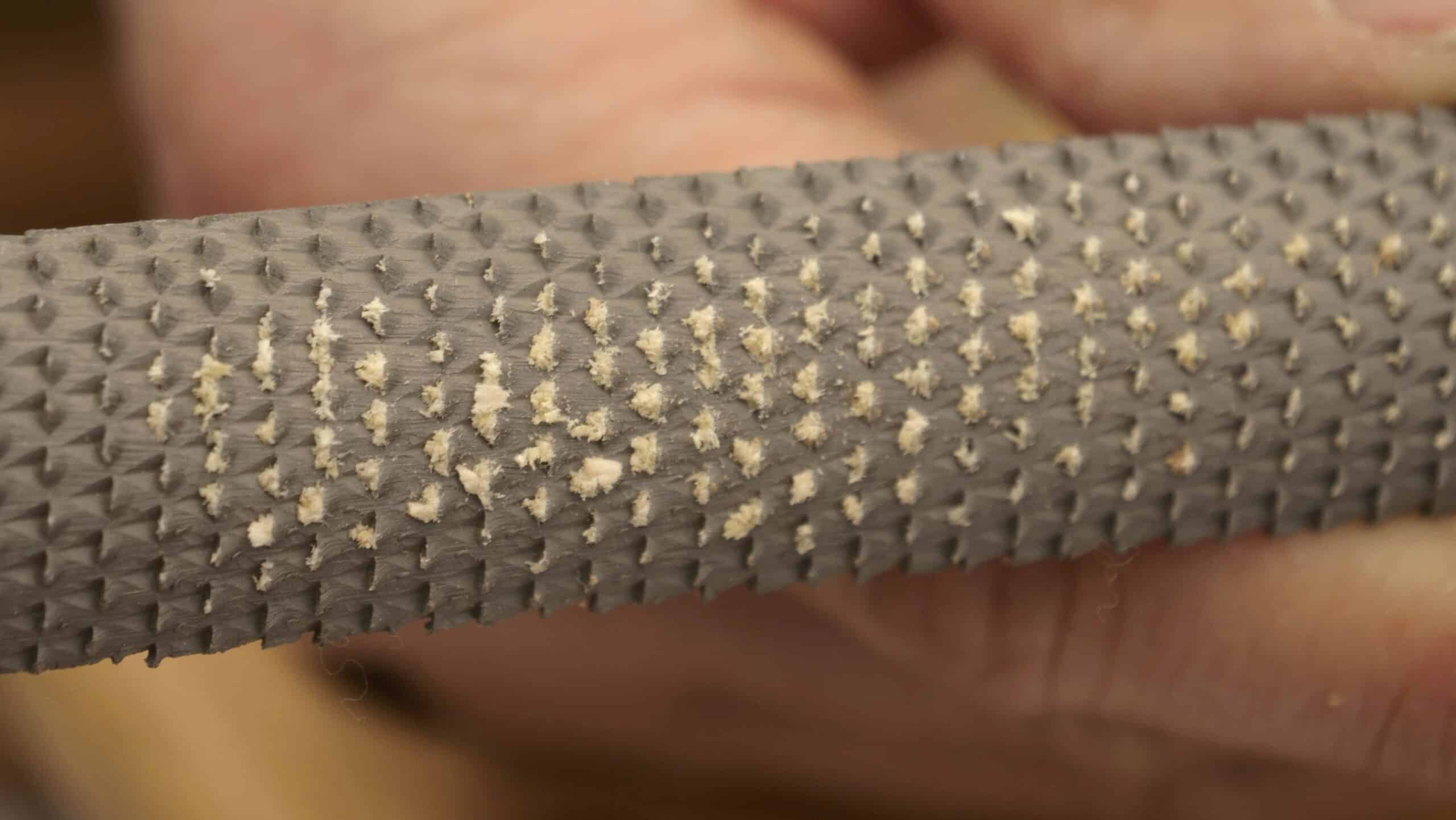
A rasp and file cannot generally be sharpened and do not need setting up, however you can prolong their life by taking good care of them. Most of the time the sawdust which builds up in between the teeth will be pushed out by new wood fibres, however you can clear out the gullets by…
-
Using a Rasp and File
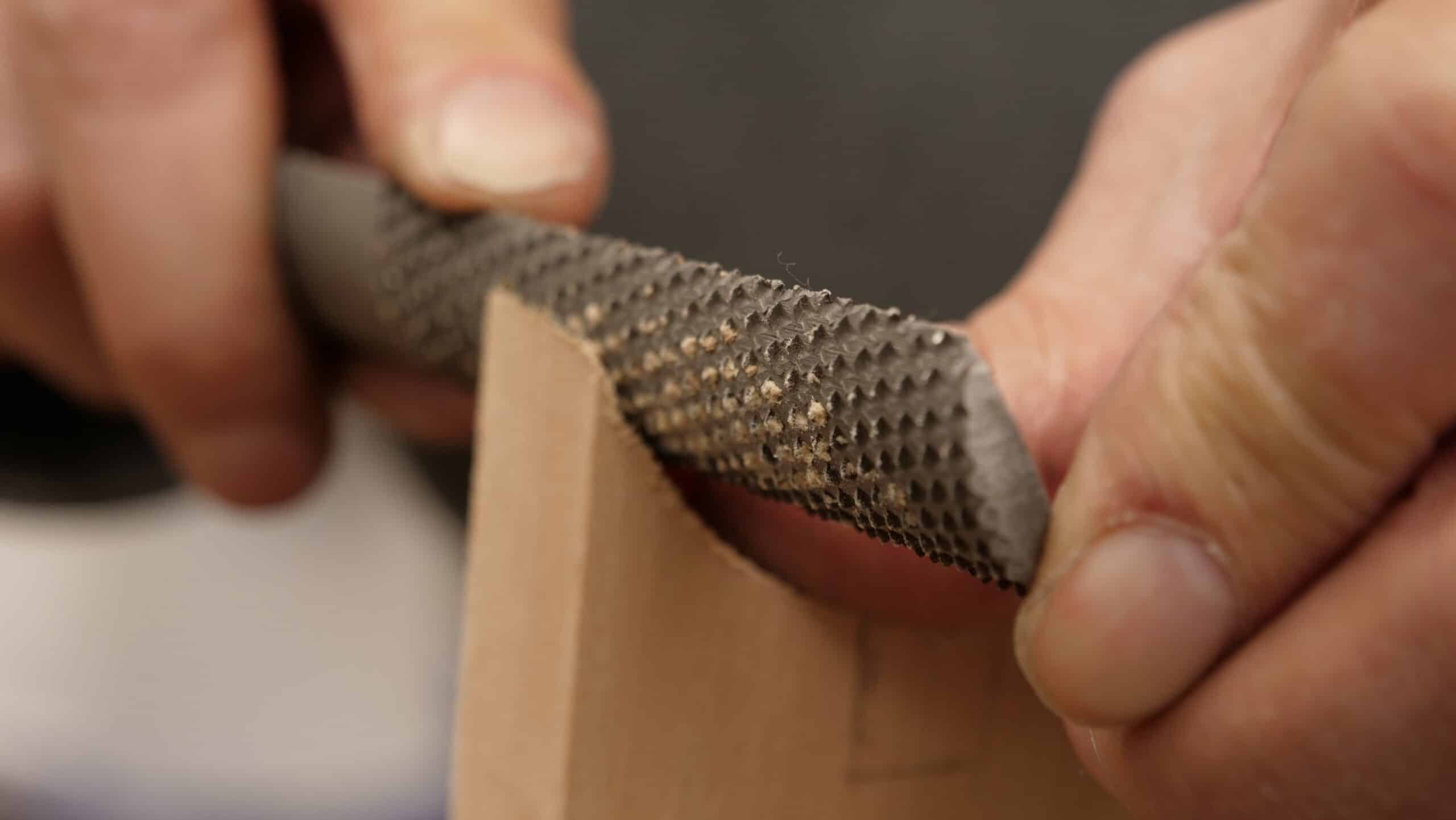
The file and rasp are used in a similar way to each other for different tasks which can lead to confusion. Whereas the file is used on both wood and metal, rasps are used mainly on wood and stone but never on metal. The file is used to shape, refine and to smooth out surfaces,…
-
The File Guide
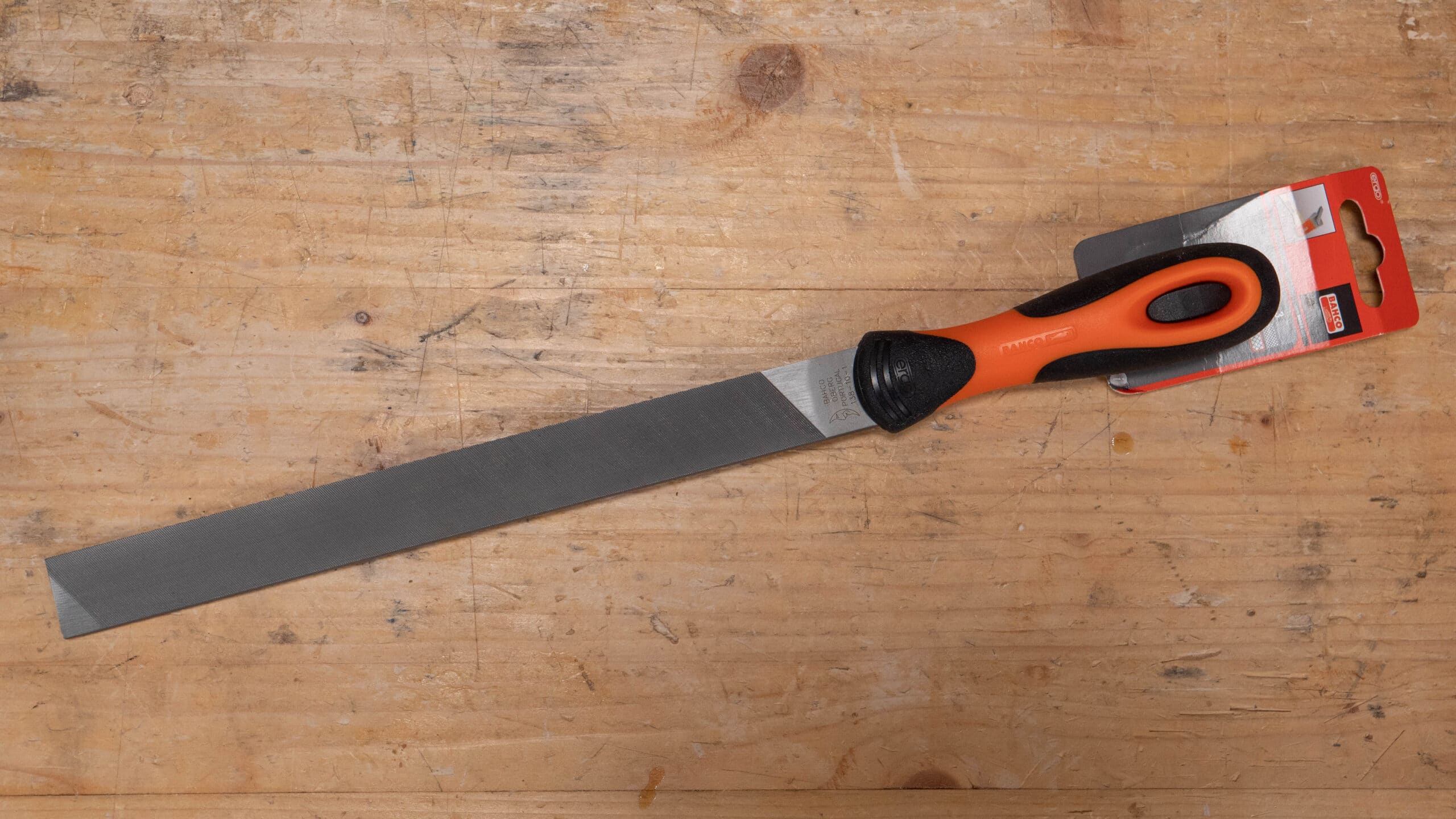
Files have teeth which span the width of the working face on a diagonal slant, the teeth come in different sizes which affects the depth of the gullets and thereby the depth the file teeth cut into the material. If the teeth are very small and close together (smooth or second cut), this may cause…
Further Reading
To read more on this we recommend the following from Paul’s blog:



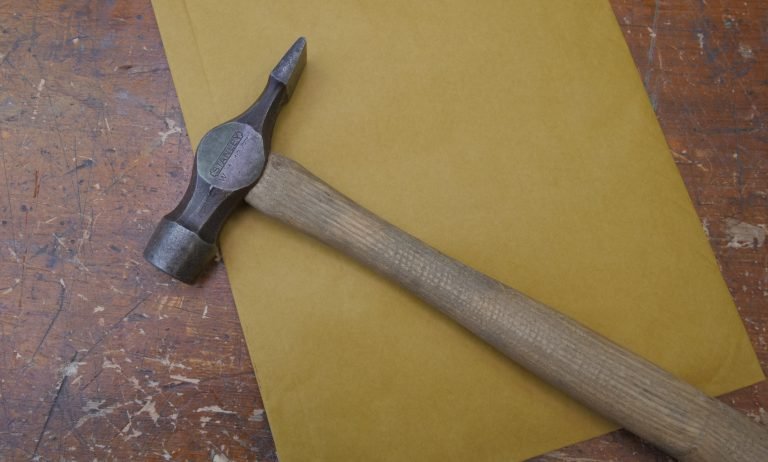
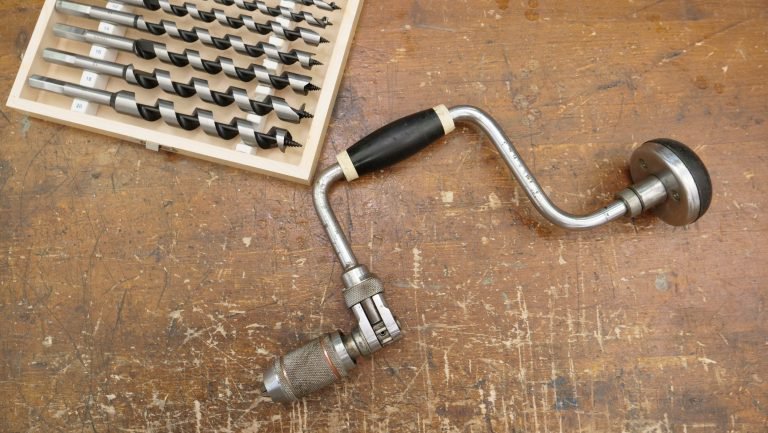
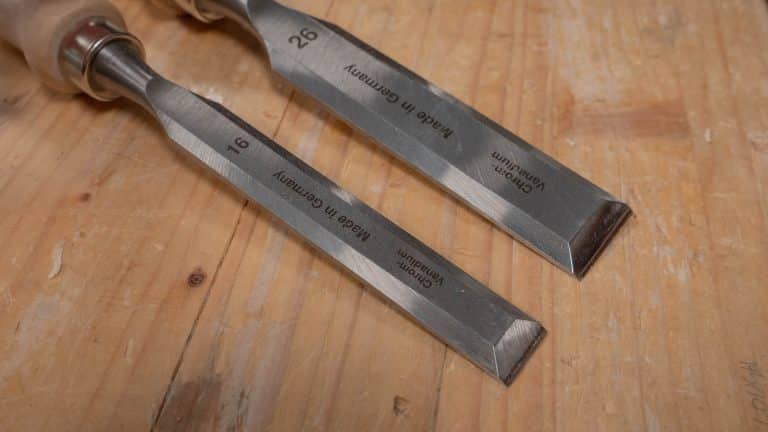
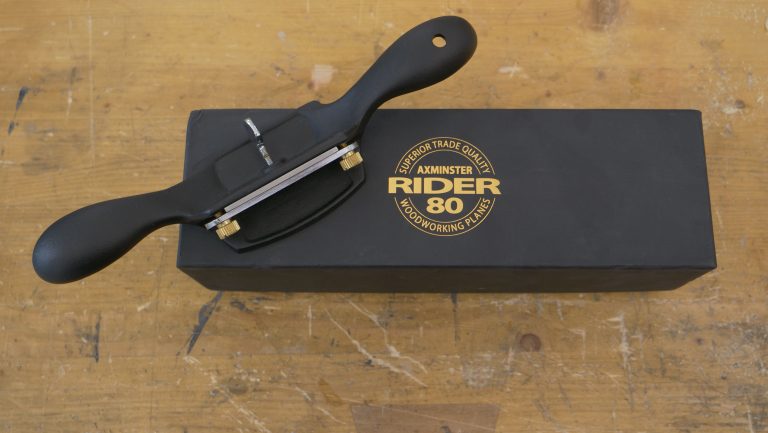
Can you confirm the link is to the correct cut? On Amazon it seems to say it is bastard cut not second cut as recommended.
Cheers
Hi Glen,
Paul says a bastard cut works well too, we have now updated the guide to include this.
Kind Regards,
Izzy
Hello,
There seem to be several Bahco files with similar descriptions for sale on Amazon in the U.S. Is there a difference between a “Mill Saw File” and “Mill File”?
For example, the “Bahco 4-138-10-1-2 Mill Saw File” from your link seems to only be available in the UK, but a “Bahco 1-143-10-1-2 Mill File” is available in the U.S. Both seem to be Bastard cut 40 TPI.
Al
Hi Al,
I passed your question on to Paul and he said:
I don’t know what the difference is, chances are it will work in a similar fashion and give the same results.
Kind Regards,
Izzy
The large number of files available from Bahco gets confusing. After some poking about on their website, here’s what I think I’ve been able to find out on how to decode their part numbers (4-138-10-1-2):
4 – seems to reflect suggested use. 1 – smoothing, 4 – sharpening
138 – configuration. 138 – flat file with one round edge, 140 – two round edges, 143 – two flat edges
10 – this is the length of the file in inches
1 – this is the cut. 1 – single/bastard, 2 – second, 3 – smooth
2 – handle. 0 – no handle, 2 – with handle
The number of teeth per cm varies with the file length and cut – shorter files have finer teeth, single cut is coarser than second.